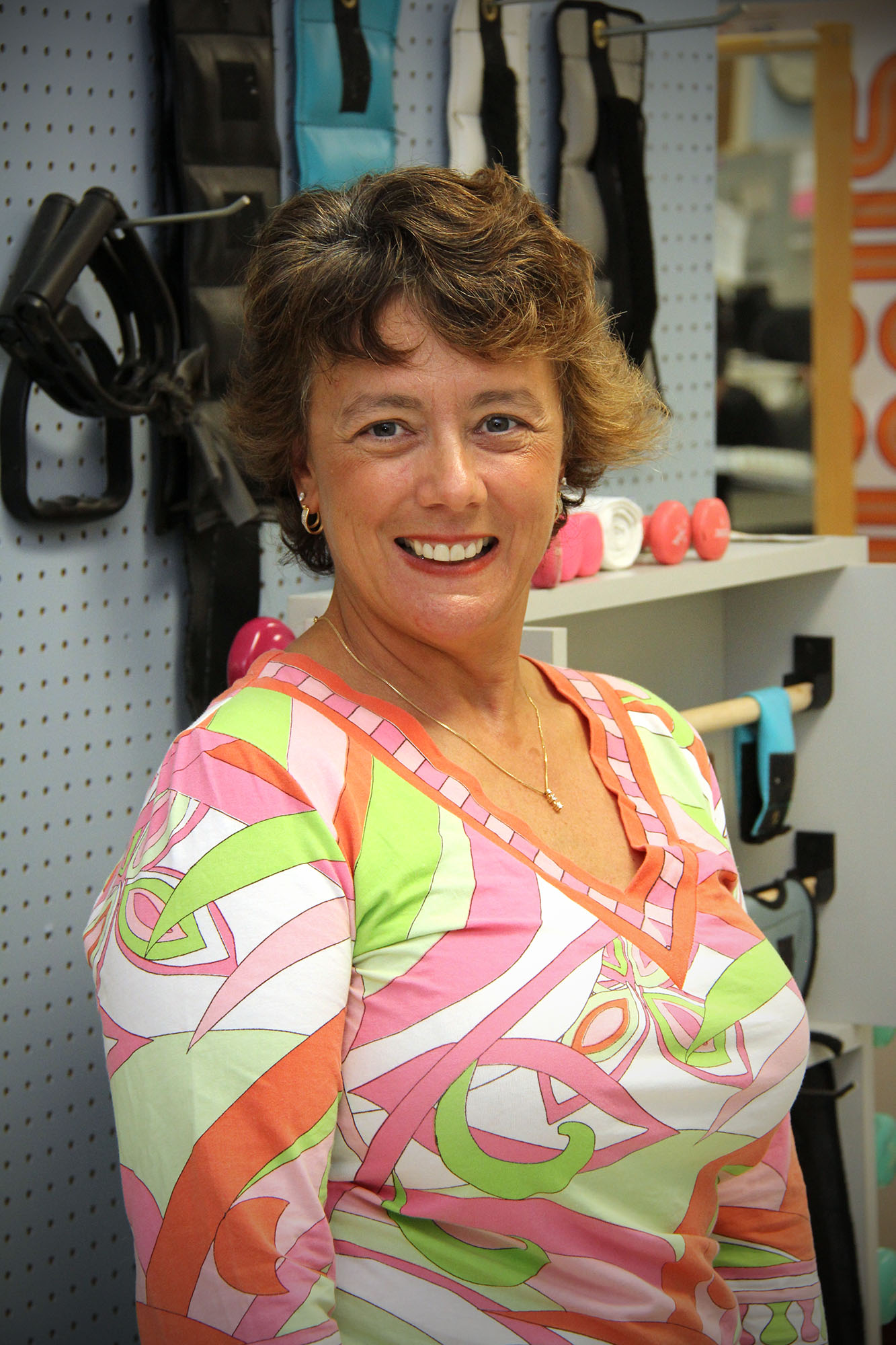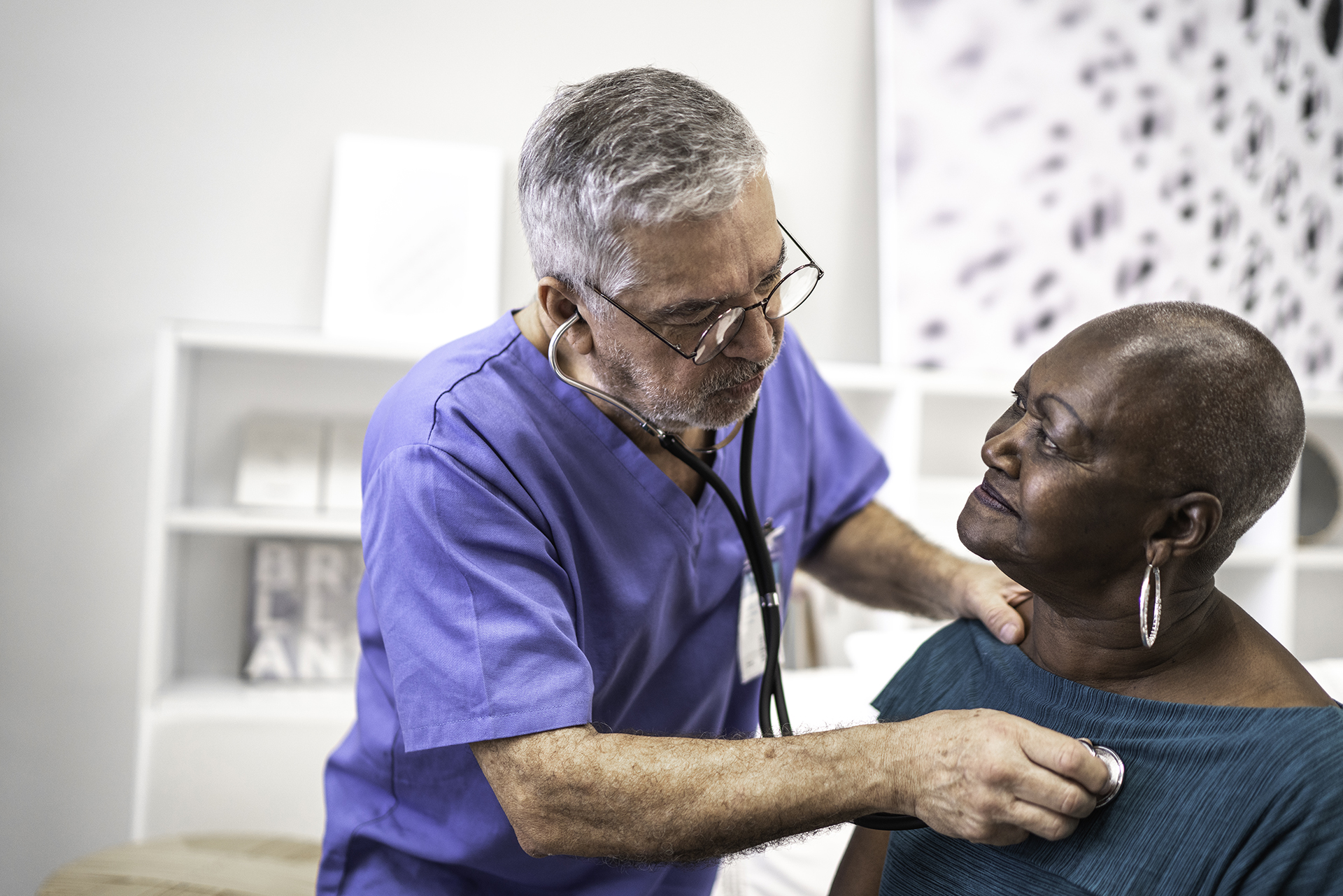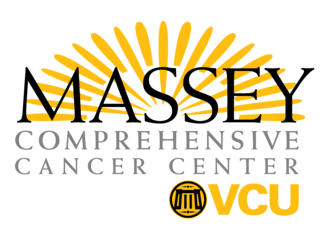Latest News
Clinical
Integrative health team member highlight: Sue Stella
Sep 27, 2016

In many ways, Sue Stella, D.P.T., helps give patients and survivors back certain aspects of their lives that cancer took. In this month's team member highlight, Sue describes her role as a physical therapist and how she loves helping patients set and meet goals that get them as close as possible to their lives before cancer.
Can you describe your role at Massey?
I am a physical therapist. Part of my time is spent serving patients at Massey’s Stony Point location. I also am embedded in Massey’s Supportive Care Clinic, which is an interdisciplinary palliative care team consisting of a physician, nurse, psychologist and physical therapist that helps patients maintain the highest quality of life possible and reduce symptoms associated with cancer treatment. This is a truly integrative approach that seeks to minimize patients’ symptom burden by finding the optimal combination of pharmacological and non-pharmacological interventions including medication, exercise, environmental modification and stress management.
In addition to these clinical responsibilities, I also serve on several committees including Massey’s Integrative Health Committee, the Multidisciplinary Oncology Care Committee (MDOCC) and the Women & Wellness Impact Committee, which focuses on patient education in the context of women’s cancers.
How did you get into physical therapy?
My undergraduate degree was actually in education. I started teaching in Massachusetts, right after a large tax bill was passed that dramatically reduced education funding and led to the loss of a lot of teaching positions. My husband and I have two kids, and I wanted to find a job that allowed me to take them with me to work—this led me to fitness. I started off in aquatics and taught nearly every aspect of fitness that you could imagine. I was the fitness director for the local YMCA for a couple of years and then started working at Canyon Ranch, which is an exclusive resort for people who want to make lifestyle changes.
My husband was transferred to upstate New York. During our time there, I returned to school and obtained my graduate and doctorate degrees in physical therapy. Shortly after, we moved to England, where I got to experience a very different health care system. I did not work while in England, but took a lot of classes and met many physical therapists.
We eventually moved back to Massachusetts, and I became the director of a Huntington’s disease unit. Huntington’s disease is a progressive, neurodegenerative disease. Unfortunately, patients typically pass away 15-20 years after their diagnosis. This gave me experience working with the chronically ill.
Later, I went back to Canyon Ranch and was a physical therapist in the Health and Healing Department’s cancer program. This was a truly integrative program that included physicians, nutritionists, psychologists, yogis, physical therapists, aestheticians and more. People would come and stay for about five days at a time. That was my intro to cancer care.
When did you start working at Massey and how has your role changed?
My family and I moved to Richmond in 2008, which is when I started working as a physical therapist at Stony Point. In 2010, my mom was diagnosed with liver cancer with a life expectancy of only six months. I took a leave of absence to care for her, and I gained a whole new perspective. We traveled to visit her family in Czech Republic and Slovakia. A lot of people questioned her going on the trip, but living her life to the fullest wasn’t going to hurt her anymore than the cancer—I am so glad we got to have that experience.
When I returned to work, I realized that cancer rehabilitation was the next step in my career path. I’ve now been working at Massey since 2012. I have been imbedded in the Supportive Care Clinic ever since.
Over the past 10 years, cancer patients’ life expectancies have increased dramatically. We now need an integrative approach to cancer care, because many of the treatments that are allowing people to live longer also come with lasting side effects that may not even present until years after treatment. For example, a breast cancer patient may undergo radiation therapy, and years later they will have trouble moving their arm because the muscle tissue around the chest has become fibrotic and needs to be stretched and worked.
Our goal as health care providers should be to get people back as close to their pre-morbid state as possible, and integrative health approaches play an important role. We can’t rely on painkillers alone to manage side effects—the opioid epidemic has made that very clear. We need healthier alternatives that accomplish real goals and bring about a fulfilling recovery.
What is the most rewarding part of your job?
Discharging the patient after they have met their goals. Or, simply helping patients establish and reach new goals. If someone says they want to walk the Freedom Trail without their walker and I work with them to make that happen, it is an amazing feeling. I’ve helped patients be able to go on cruises, play with their grandchildren, walk on the beach—empowering people to live their lives in a fulfilling way is a very rewarding experience.
What is the most challenging part of your job?
Telling someone that their goals aren’t realistic. That’s a very sensitive topic, but you can still work with them to set new goals that they can meet.
Then, of course, when a patient tells you that they have a very short life expectancy. Still, we can help them meet their goals in the time that they do have. Even those patients are blowing by their life expectancies.
What areas could still be improved in physical therapy for cancer?
Right now, there is not an oncology certification in physical therapy. It is being worked on, and Steve Gudas, Ph.D., former chair of the Department of Physical Therapy at VCU Health, has been a big champion of this at the national level.
This year, the American Physical Therapy Association (APTA) approved a new certification for oncology physical therapy. It will likely take several more years to develop the training and testing required, but it is coming. Once this is established, we should see physical therapy schools begin changing their curriculums to include more specialized courses and programs for oncology physical therapy. Until then, it is important that therapists and therapy clinics obtain the education specific to this population, and expand offerings in both the inpatient and outpatient settings to help patients maintain strength, range of motion and function as they progress through the journey from diagnosis to survivorship.
Written by: Massey Communications Office
Related News
Research, Clinical
How I found my research: Fosua Adu-Gyamfi learns from undergrad experiences at both Massey and the National Cancer InstituteMar 27, 2025
Research, Clinical, Community Engagement & Health Equity
National leader in primary care improves health outcomes through his researchMar 10, 2025

Get access to new, innovative care
Treatments in clinical trials may be more effective or have fewer side effects than the treatments that are currently available. With more than 200 studies for multiple types of cancers and cancer prevention, Massey supports a wide array of clinical trials.

Find a provider
Massey supports hundreds of top cancer specialists serving the needs of our patients. Massey’s medical team provides a wealth of expertise in cancer diagnosis, treatment, prevention and symptom management.
